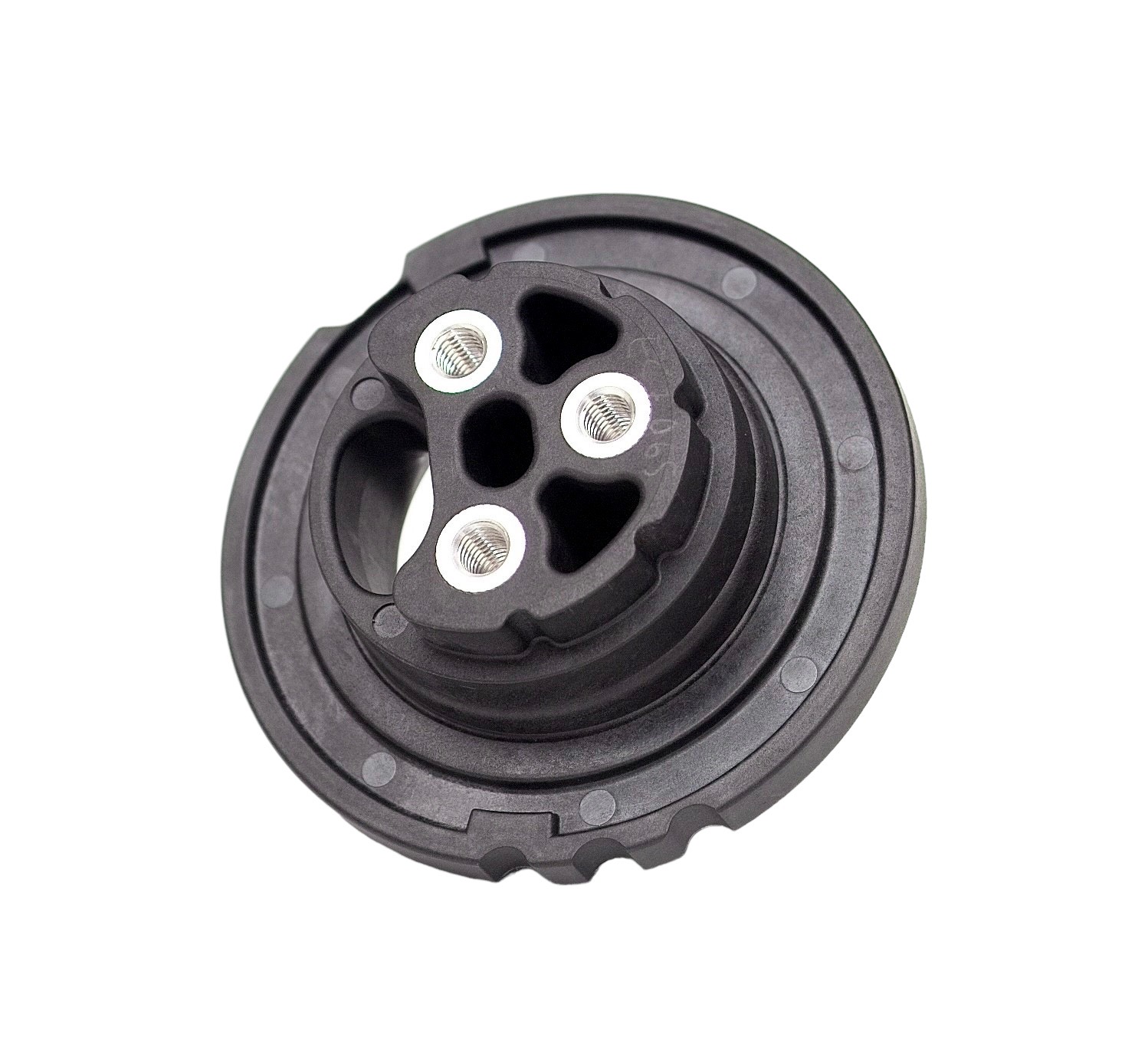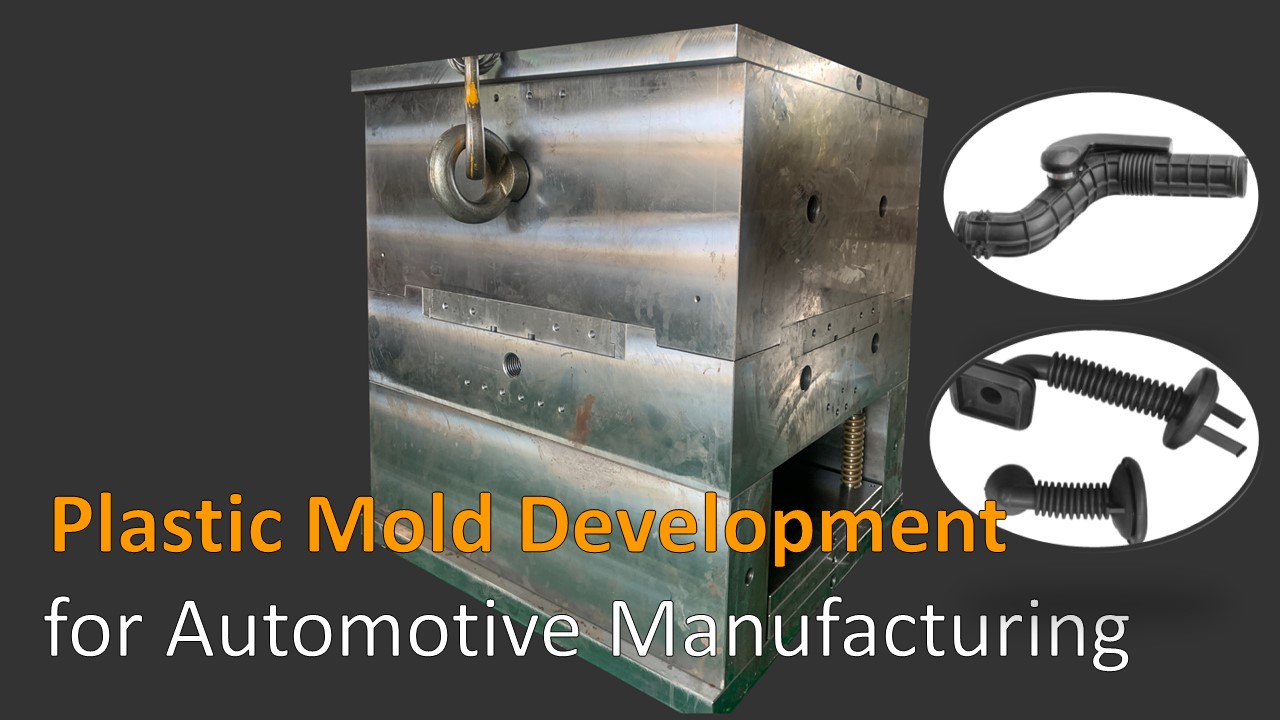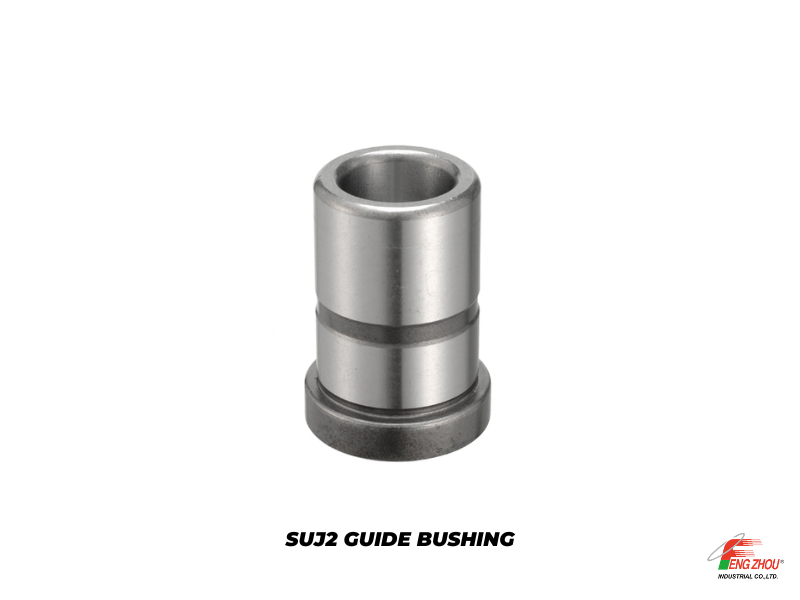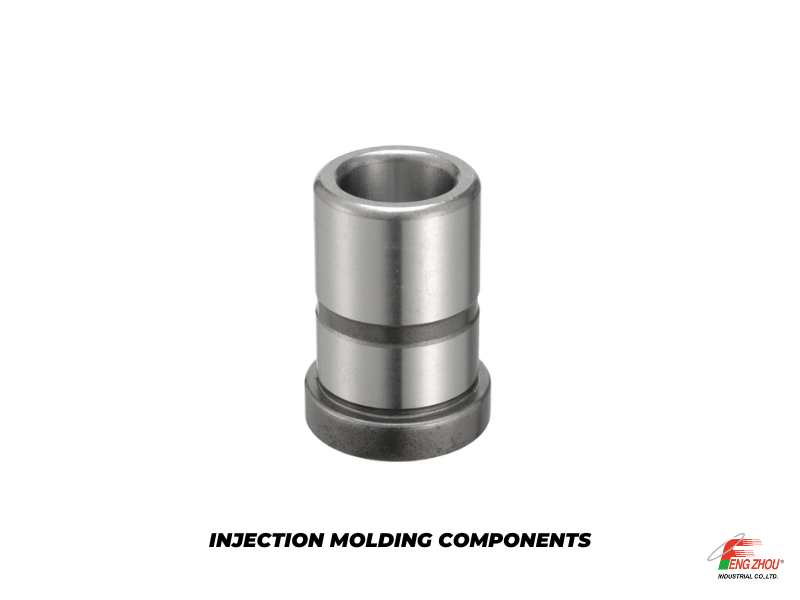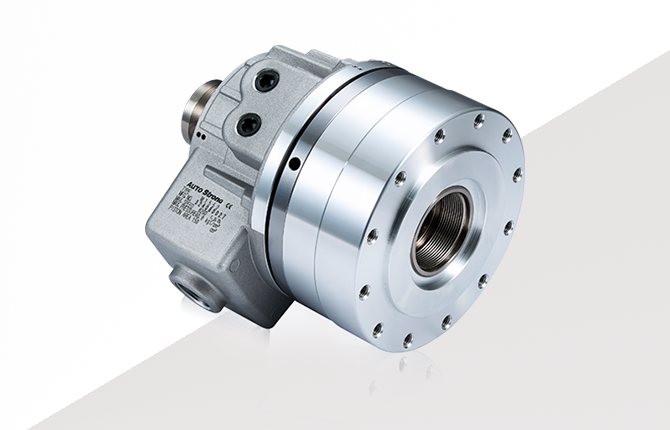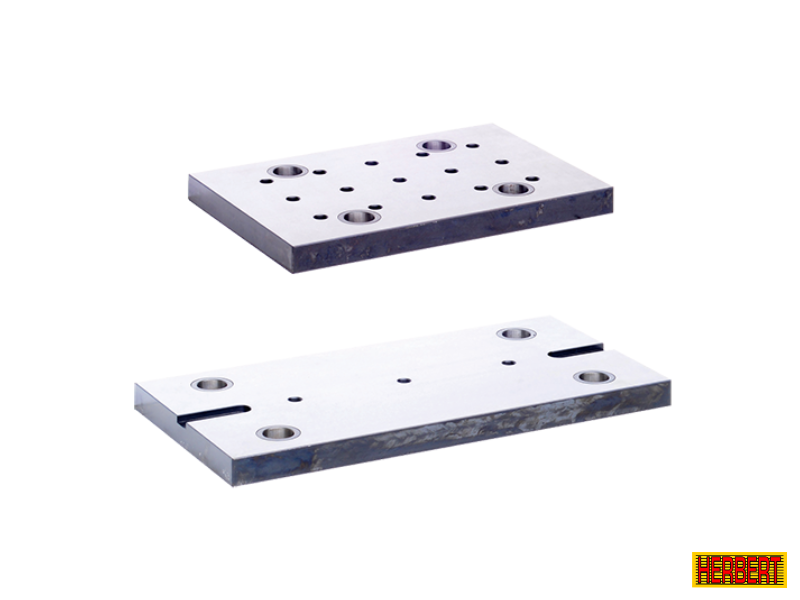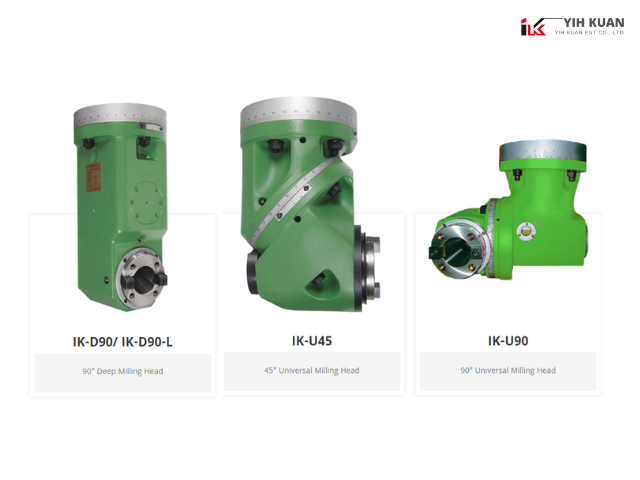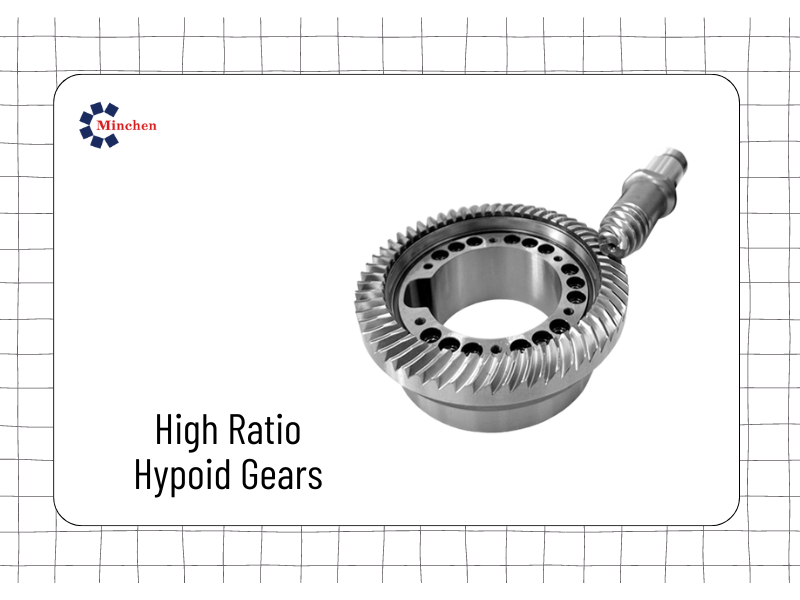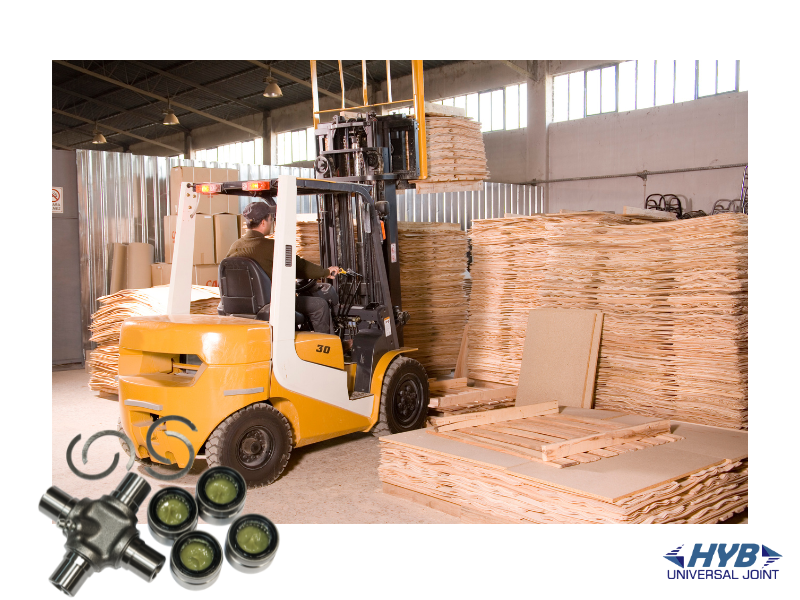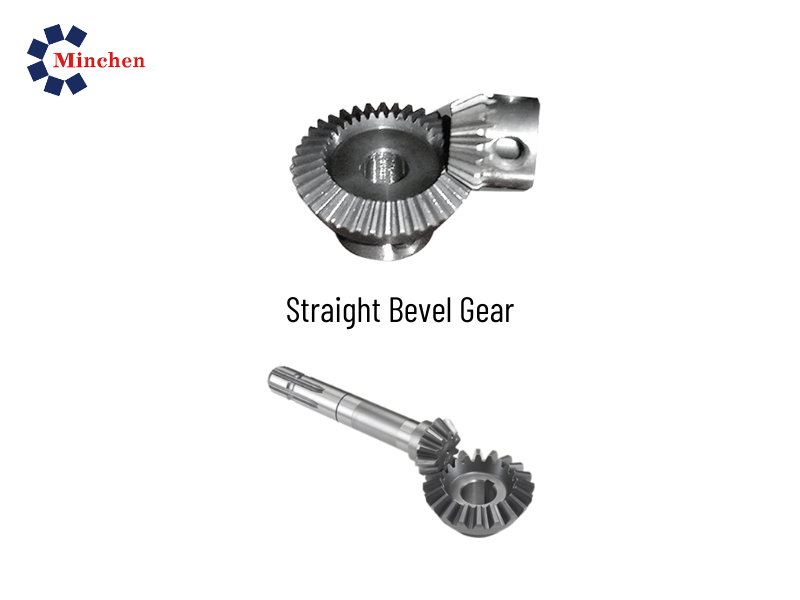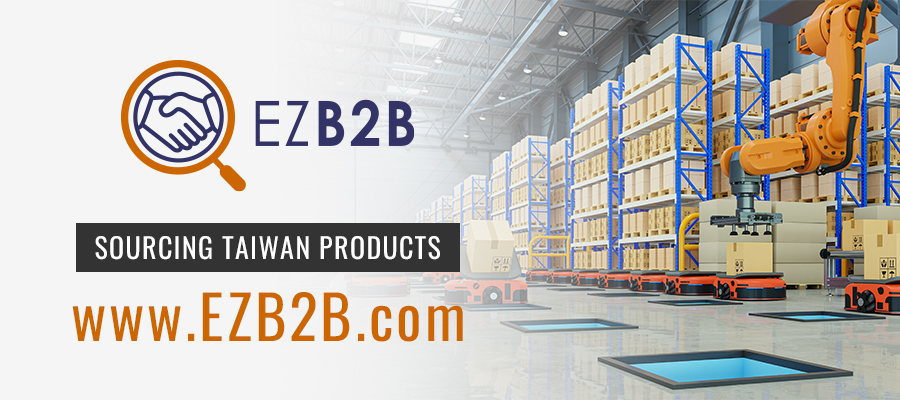What Is a Riveting Machine and How It Works?
2023-03-15Machinery From:HONG CHANG PRECISION INDUSTRIAL.CO.,LTD.
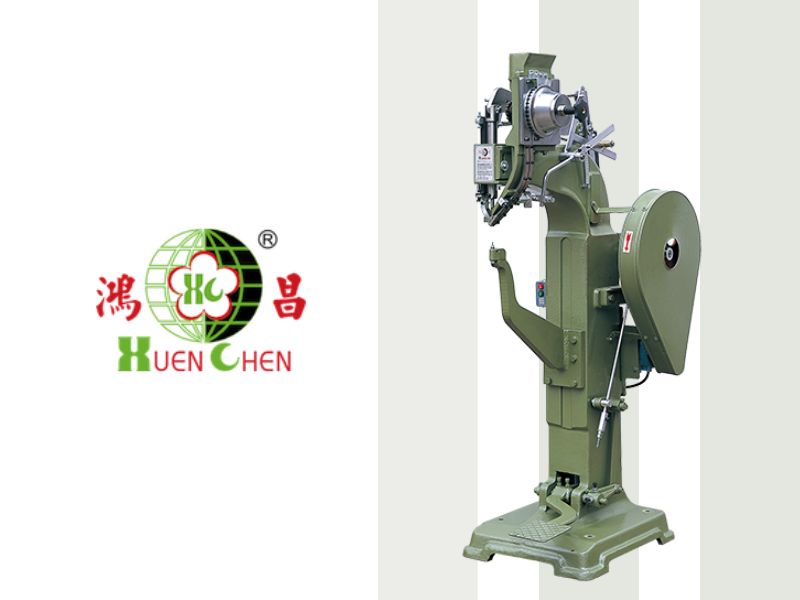
The invention of the riveting machine was a major breakthrough in the industrial revolution and has since become an integral part of many manufacturing processes. It is a tool used to join two or more pieces of metal together by inserting fasteners, such as bolts, nuts, screws, nails, and rivets, into pre-drilled holes.
By using this method, workers can assemble complex parts quickly and easily without having to drill each hole individually manually.
But what exactly makes up this remarkable device? How does it work? Let’s take a closer look at how a riveting machine works so you can better understand its importance in modern industry.
What Is a Riveting Machine?
For the most efficient and reliable fastening, rivets are often used in production processes. If you need to set these metal parts at a rapid pace, then a riveting machine is your best bet - it can quickly secure each component with ease. Riveting machines come in many different styles from numerous brands; they not only save time but also improve safety when compared to manual operation using hand-held tools.
How a Riveting Machine Works
The riveting process is simple but highly efficient.
Companies can select from a range of riveting methods to suit their requirements, depending on the material and how efficiently different machines complete testing. For instance, an impact riveter uses pressure to thrust it through the fabric and cause its base to flare out. Alternatively, orbital or spiral form machines rely on the rolling force for compressing in order to set up the attachment.
The riveting machine is a versatile piece of equipment that can be powered by several sources and adapted to different speeds depending on the size of the rivets, the type of material, and operating capability.
Many factories have automated controls where technicians can adjust speed settings remotely to meet changing production needs without needing to go onto the factory floor. The remote access also allows them to monitor progress from afar and make any necessary adjustments with ease.
Benefits of Using a Riveting Machine
● Economical method, with low cost of rivet production: Rivets are cheaper to produce than other joining methods, making the use of a riveting machine a cost-effective solution.
● Can join ferrous and nonferrous metals: The versatility of rivets allows them to join a wide range of materials, both metallic (e.g., aluminum, copper alloys) and nonmetallic materials (e.g., wood, plastic, asbestos), making them suitable for various applications.
● Suitable for joining dissimilar materials: The ability of rivets to join dissimilar materials(joining aluminum and copper plates) makes them a versatile solution for various applications where different materials need to be joined together.
● Can make joints in any location, including vertical and overhead: The flexibility of rivets to be used in any location, including vertical and overhead, makes them a convenient solution for various applications.
● Environmentally and user-friendly, with no fumes or gases produced during production: Unlike welding, the production of rivets does not produce fumes or gases, making it an environmentally and user-friendly solution.
● Stronger and more reliable than other methods in high-vibration and impact-force applications: Riveted joints have proven to be more reliable than other joining methods in applications where the joint is subjected to excessive vibration and impact forces.
● High shear strength and good fatigue resistance: Rivets possess high shear strength and good fatigue resistance, making them a durable solution for various applications.
● Lighter and more resistant to atmospheric and chemical corrosion than bolts and screws: Compared to bolts and screws, aluminum rivets are lighter and more resistant to atmospheric and chemical corrosion, making them a suitable solution for various applications.
● Minimal thermal effects, causing little to no damage to material coatings: Since there is no melting of metal and uneven heating and cooling involved in the joining process, the thermal effects on riveted joints are minimal, causing little to no damage to the protective coatings of the material.
● Easier to inspect for quality than welded joints: The inspection of the quality of a riveted joint is easier than that of a welded joint, making it a convenient solution for various applications.
● Less damage during dismantling compared to welded joints: The dismantling of a riveted joint causes less damage compared to a welded joint, making it a suitable solution for applications where the joint needs to be dismantled in the future.
Limitations of Rivetting
● Requires more labor time, with additional operations and higher labor costs: Compared to welding, riveting requires more labor time, with additional operations like the layout and drilling holes, resulting in higher labor costs.
● Stress concentration at rivet holes may weaken metal plates: The holes created for rivets can result in stress concentration, potentially weakening the metal plates.
● Increased metal consumption due to additional thickness and plate overlapping: The need for additional thickness to compensate for the weakened metal plates and overlapping plates for riveting results in increased metal consumption.
● Heavier than welded joints, with bulkier appearance: Riveted joints are heavier than welded joints due to the use of strap plates and rivets and can have a bulkier appearance.
● May not make a tight or leak-proof joint: Riveted joints may not make a tight or leak-proof joint unless using hot rivets or sealants along the rivet.
● Noisier process due to hammer blows: The riveting process is noisier than welding due to the hammer blows used to secure the rivets.
● Aesthetic appearance may be affected by the projection of rivets: The projection of rivets can affect the aesthetic appearance of the final product.
Final Thoughts
Riveting is a versatile and reliable solution for applications where different materials need to be joined together. With its flexibility, strength, durability, and user-friendliness, it is an ideal choice for many applications. However, riveting requires more labor time and has limitations that need to be taken into account before making a decision. Taking into account the desired performance and available resources, riveting can be used as a suitable solution for many applications.
Contact us for more information.
